
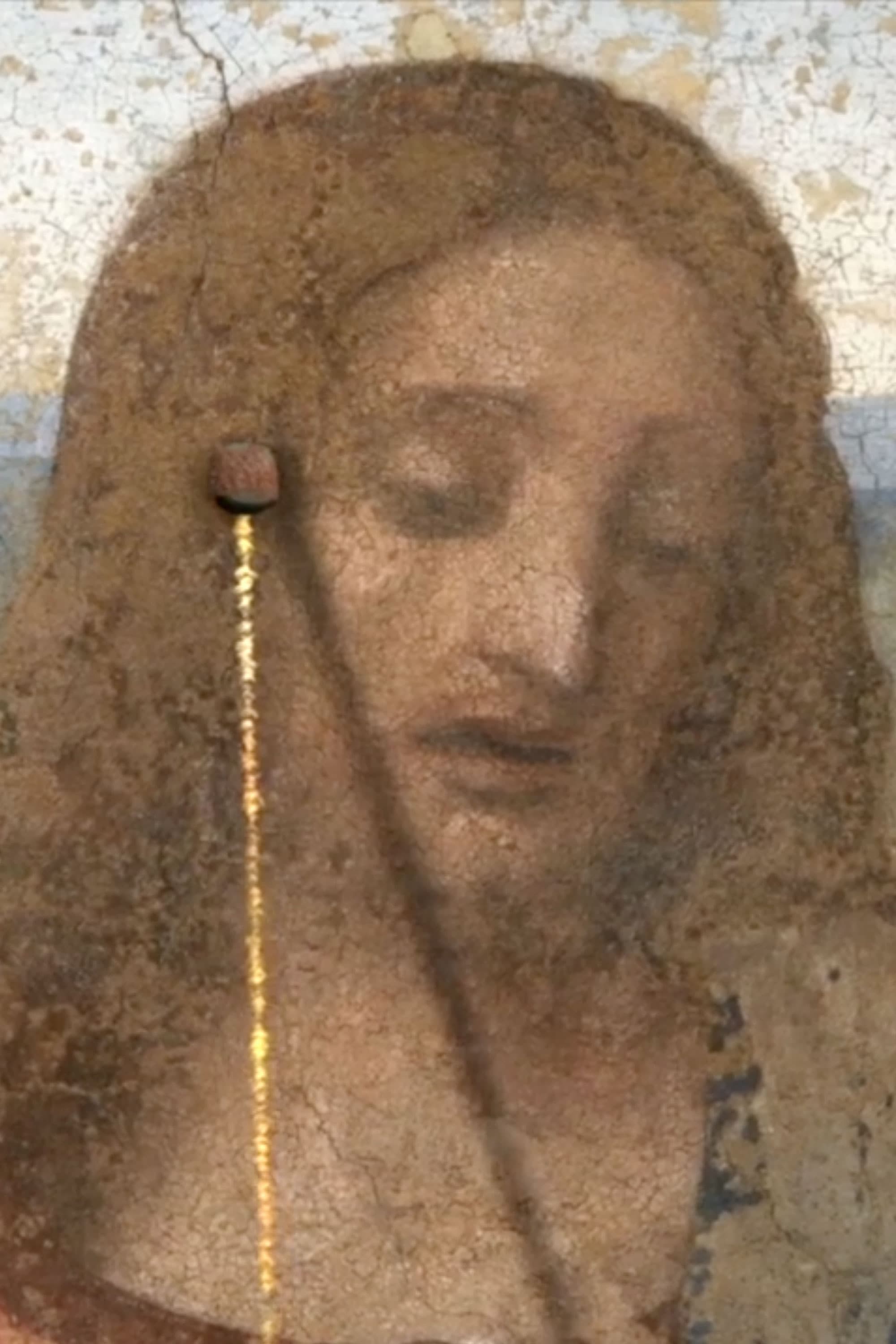
A short ironic film about a missing nail in the iconography of Christ and his depiction in da Vinci’s painting of The Last Supper.
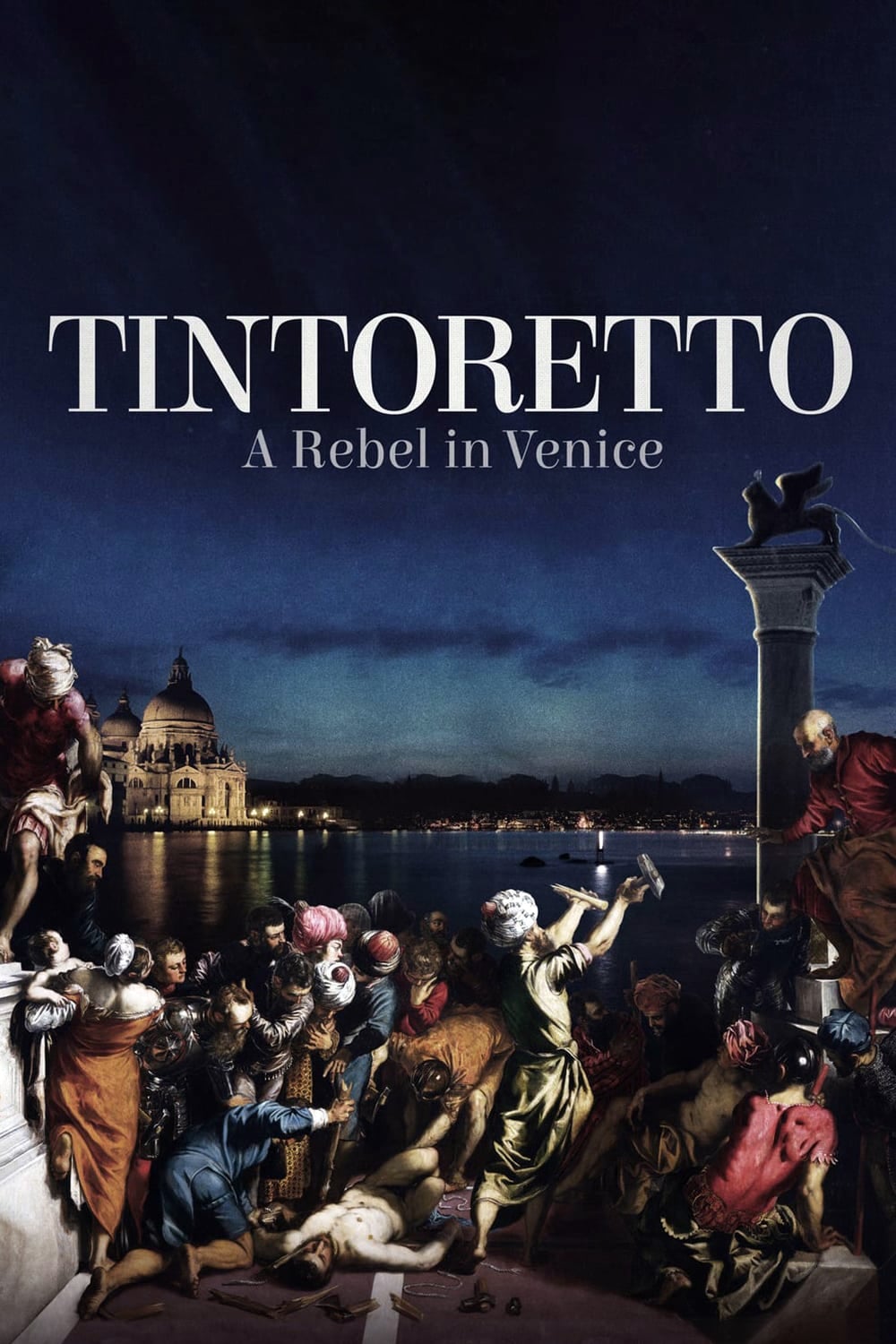
Five hundred years after his birth, the life and career of the Italian Renaissance's last great painter is explored.
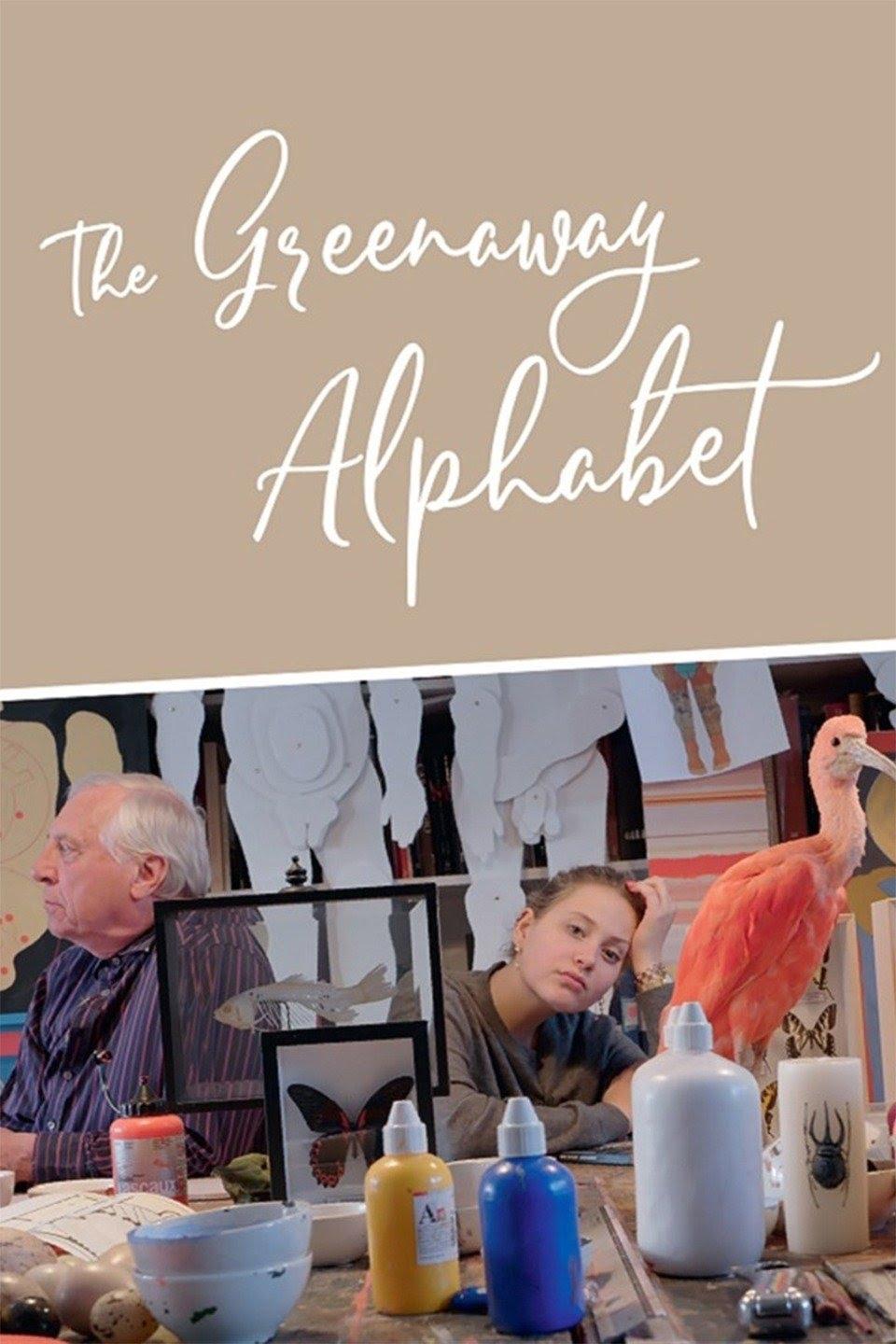
The fascinations of filmmaker Peter Greenaway, whose motto is "art is life and life is art,"are captured like butterflies and arranged in an alphabet, a form that suits him perfectly as an encyclopedist. In intimate conversations with his perceptive 16-year-old daughter Zoë, we discover the whos, whats and whys about Greenaway.

Exhibition on Screen's latest release celebrates the life and masterpieces of Hieronymus Bosch brought together from around the world to his hometown in the Netherlands as a one-off exhibition. With exclusive access to the gallery and the show, this stunning film explores this mysterious, curious, medieval painter who continues to inspire today's creative geniuses. Over 420,000 people flocked to the exhibition to marvel at Bosch's bizarre creations but now, audiences can enjoy a front row seat at Bosch's extraordinary homecoming from the comfort of their own home anywhere in the world. Expert insights from curators and leading cultural critics explore the inspiration behind Bosch's strange and unsettling works. Close-up views of the curiosities allow viewers to appreciate the detail of his paintings like never before. Bosch's legendary altarpieces, which have long been divided among museums, were brought back together for the exhibition and feature in the film.
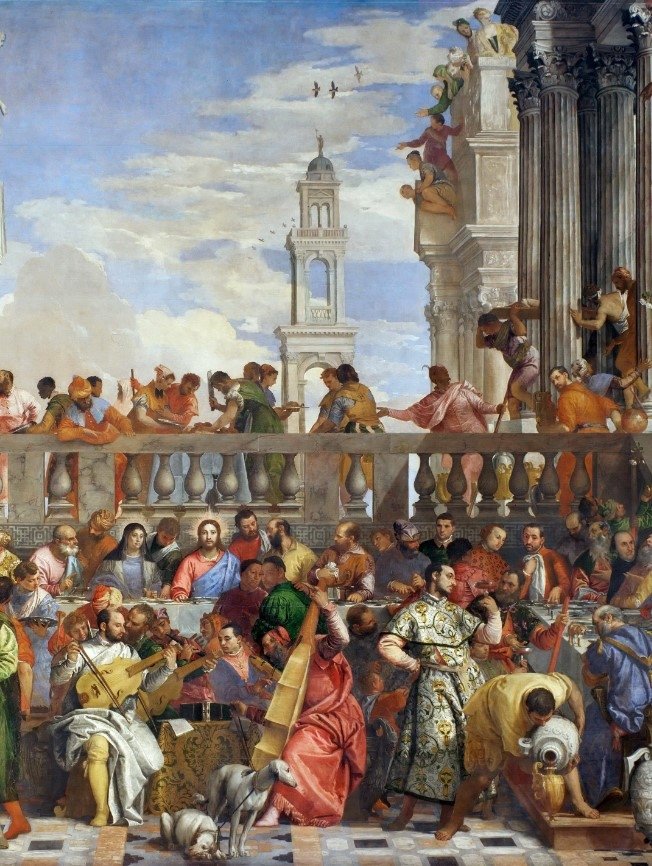
A short film by Peter Greenaway. It depicts the painting The Wedding Feast at Cana by Paolo Veronese, through mixed media and shows different perspectives.

J'accuse is an 'essay-istic' documentary in which Greenaway's fierce criticism of today's visual illiteracy is argued by means of a forensic search of Rembrandt's Nightwatch. Greenaway explains the background, the context, the conspiracy, the murder and the motives of all its 34 painted characters who have conspired to kill for their combined self-advantage. Greenaway leads us through Rembrandt's paintings into 17th century Amsterdam. He paints a world that is democratic in principle, but is almost entirely ruled by twelve families. The notion exists of these regents as charitable and compassionate beings. However, reality was different.

Searching for the roots of Peter Greenaway in his films, this artful documentary begins with a workshop from 1991 in which Peter Greenaway discusses his film career, from his early short Revolution (1968) to The Cook, The Thief, His Wife and Her Lover (1989). Including a rare and exclusive behind-the-scenes featurette "A Walk Through Prospero's Library", with Greenaway discussing the inspiration for his classic film, Prospero's Books (1991).
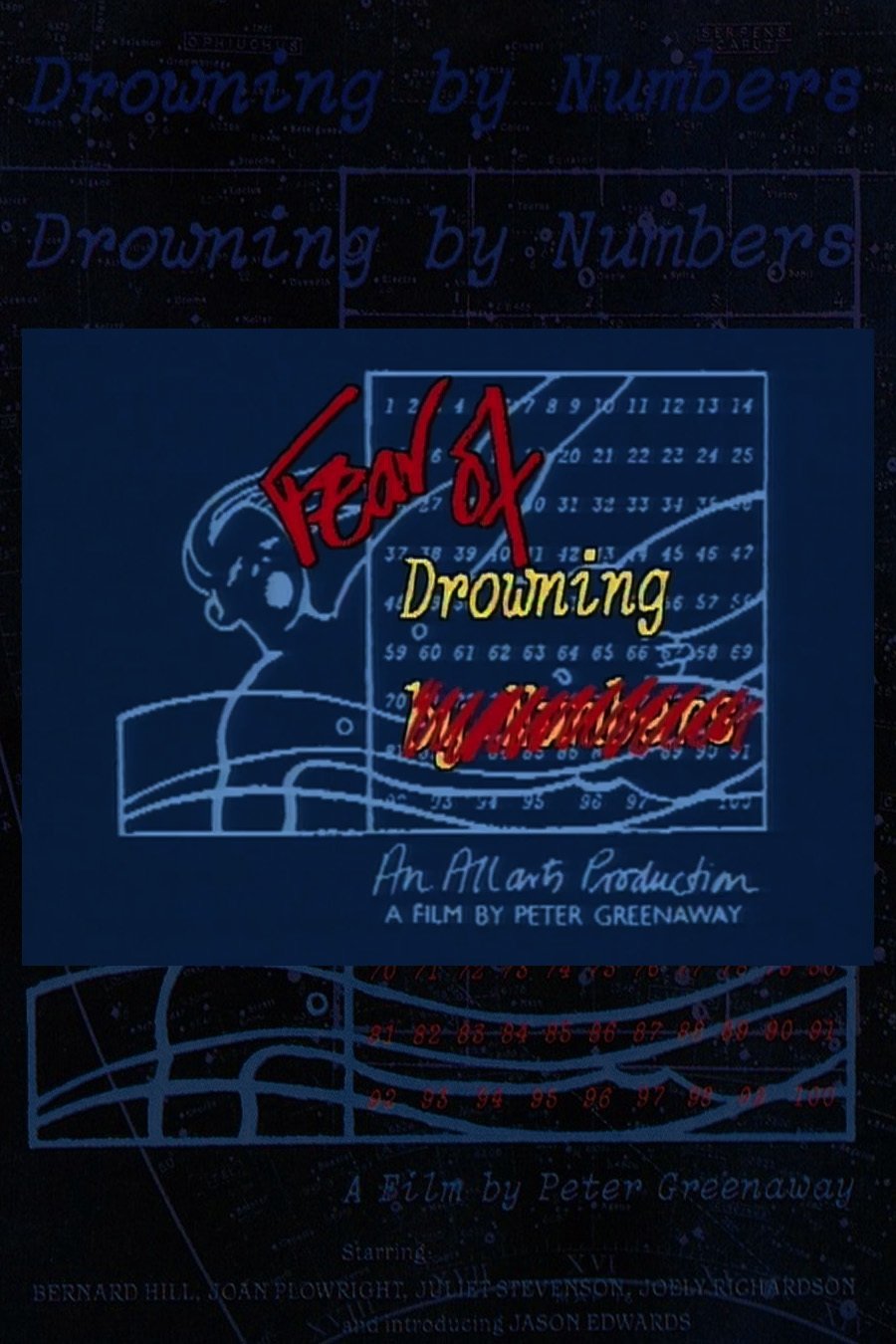
Peter Greenaway presents this "Commentary in one hundred parts" on Drowning by Numbers (1987), discussing and analyzing many of the film's more intriguing features.
Peter Greenaway remembers his first meeting with Rotterdam Film Festival director Hubert Bals.
Peter Greenaway, CBE (born 5 April 1942) is a Welsh writer-director, painter, and video artist based in Amsterdam. Throughout the late 1960s and '70s, he produced several experimental documentary/mockumentary shorts while working as a film editor for the Central Office of Information. This early period culminated in "The Falls" (1980), a three-hour mockumentary indexing the strange effects of the VUE (the Violent Unknown Event) on 92 people whose names begin with the letters F-A-L-L. He made his dramatic feature film debut with "The Draughtsman's Contract" (1982), and throughout the 1980s directed a string of critically acclaimed and frequently controversial films: "A Zed & Two Noughts" (1985), "The Belly of an Architect" (1987), "Drowning by Numbers" (1988), and his best-known work, the vicious Thatcher-era satire "The Cook, the Thief, His Wife & Her Lover" (1989). In the 1990s, he directed the Shakespeare adaptation "Prospero's Books" (1991), controversial religious satire "The Baby of Mâcon" (1993), erotic drama "The Pillow Book" (1996), and "8½ Women" (1999), an homage to the films of Federico Fellini, a major influence on Greenaway. In the early 2000s, Greenaway embarked on the ambitious "Tulse Luper" project, a multimedia body of historical fiction revolving around the life of the eponymous fictional hero. In addition to novels, CD-ROMs, online material, and a touring exhibition, the project spawned a trilogy of feature films: "The Tulse Luper Suitcases, Part 1: The Moab Story" (2003), "The Tulse Luper Suitcases, Part 2: Vaux to the Sea" (2004), and "The Tulse Luper Suitcases, Part 3: From Sark to the Finish" (2004). The trilogy was followed by a fourth feature, "A Life in Suitcases" (2005), which abridges the Tulse Luper saga into a single film. Since the mid 2000s, Greenaway's film work has focused on idiosyncratic, heavily fictionalised biopics dedicated to some of his favourite artists: Dutch Golden Age painter Rembrandt van Rijn in "Nightwatching" (2007), Dutch Baroque engraver Hendrik Goltzius in "Goltzius and the Pelican Company" (2012), Soviet Russian filmmaker Sergei Eisenstein in "Eisenstein in Guanajuato" (2015), and Romanian-French sculptor Constantin Brâncuși in "Walking to Paris" (TBD). Greenaway has lived and worked in Amsterdam since the mid 1990s. He is married to artist Saskia Boddeke, with whom he has two children. He also has two children from a previous marriage to potter Carol Greenaway.
By browsing this website, you accept our cookies policy.